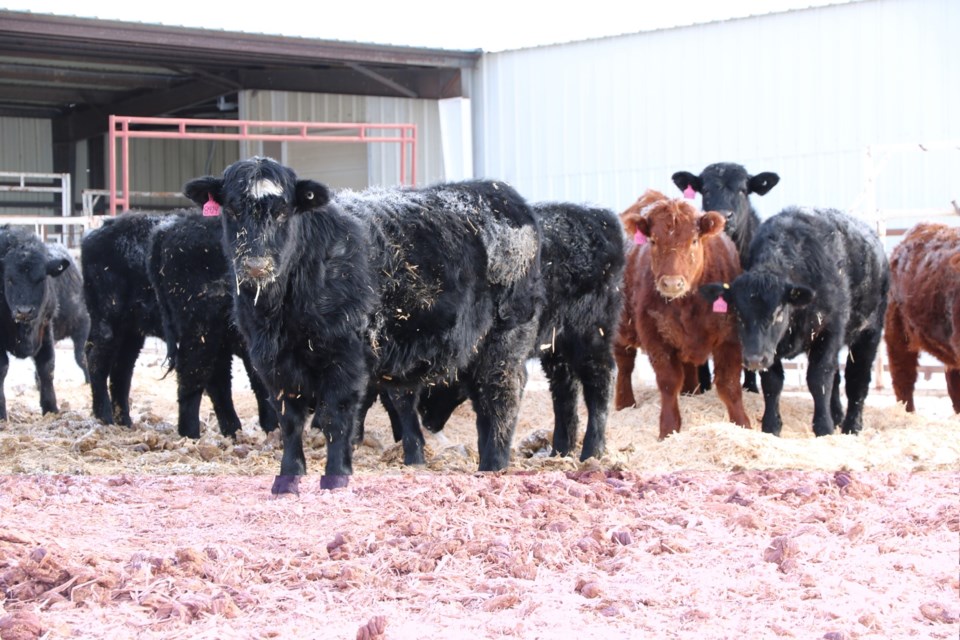LLOYDMINSTER — A childhood spent on a Manitoba farm and in 4-H, a bachelor’s degree in Agriculture and Extension, a master’s in Ruminant Nutrition and a PhD from the University of Alberta? Susan Markus seemed destined for her current role as a Lakeland College livestock research scientist.
“It's not just the ag stuff,” she points out. “The extension studies are almost as important. At the time I didn't know what that meant, but they effectively provided me with knowledge transfer tools that have been invaluable throughout my career. And never more than now when I regularly communicate with, and provide guidance to, farmers and students.”
Add the importance of knowledge transfer skills to her leadership of the CAAIN-supported project, Precision Ranching for Improved Reproductive and Grazing Efficiencies, and one can appreciate how perfect Dr. Markus’ background is for the work she so enjoys.
Her blend of private-, public- and academic-sector experience provides a perspective that serves her well as she manages the Precision Ranching work. “I know what I know, and I know what I don't know. That's allowed me to put together a strong team, which matters when you're conducting this kind of research. The results we’re seeking cannot be generated in a vacuum. There are too many moving parts, and success depends on coordinating the activities of a group of highly competent professionals.”
The team must be excellent to deal with such a demanding topic. The project came to be in part because Lakeland College recently introduced a degree in Agricultural Technology. The emphasis on AgTech made Susan wonder if there weren't ways to assess bovine fertility using existing automation, thereby reducing the manual labour requirements of operating a commercial ranch. A cow's ability to produce viable offspring may not seem important to the layperson, but it's a critical component of livestock operations. Without fertile cows, there is no source of revenue.
“We need to find a way to determine early on which heifers must be removed from the herd because they are unlikely to conceive. That way the rancher is not needlessly investing in an unproductive animal,” she explains. “One avenue we're exploring is to insert a rumen bolus into the heifer to measure changes in temperature and movement, both of which can be indicators of a female’s estrus. The technology we're using was developed for the dairy industry, and we're hopeful we can create an algorithm that will make it applicable to beef cattle as well. A number of relevant factors can be assessed simply by examining the heifer visually. We're trying to look ‘under the hide,’ so to speak, using verifiable, quantifiable, and reliable data sent directly to the rancher’s computer
— Submitted by the Canadian Agri-Food Automation and Intelligence Network
You can no longer count on social media to deliver important news to you. Keep your news a touch away by bookmarking SASKTODAY.ca's homepage at this link.
Here's why you should bookmark your favourites.
Subscribe to SASKTODAY.ca newsletter to get our daily news to your inbox.




